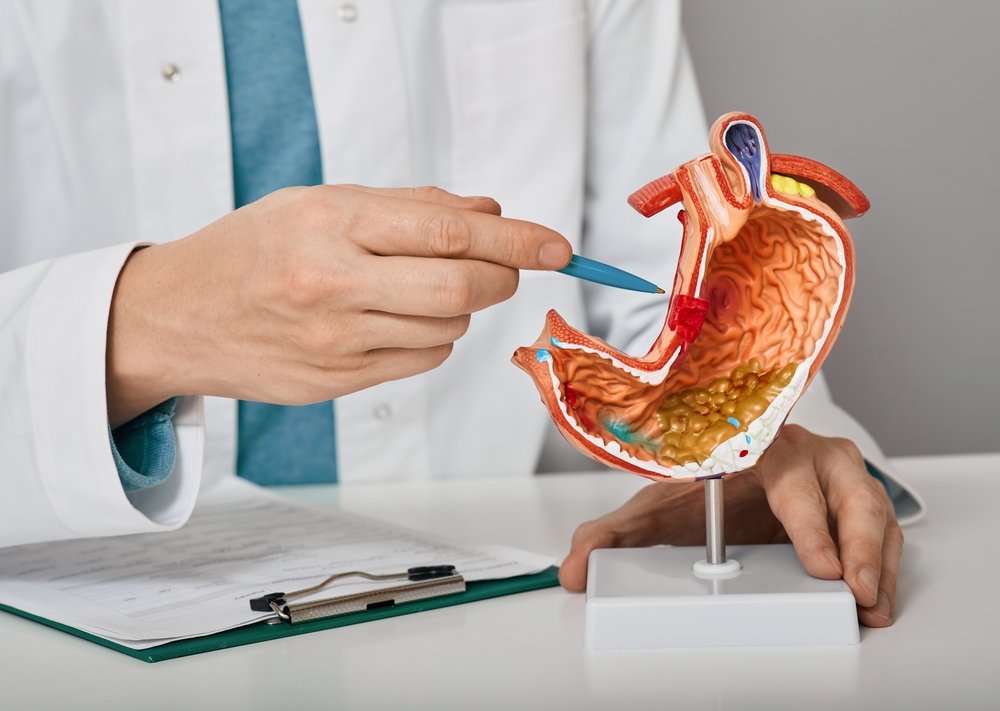The treatment options for gallstones depend on the individual’s symptoms, the size and type of gallstones, and the presence of any complications. Here are the main treatment approaches for gallstones:
1. Watchful Waiting:
If gallstones are not causing symptoms (asymptomatic), a “wait and see” approach might be recommended. Asymptomatic gallstones often don’t require immediate treatment. However, regular monitoring is important to detect any changes or the development of symptoms.
2. Lifestyle Changes:
Making certain lifestyle changes can help manage gallstone symptoms and reduce the risk of complications. This includes adopting a balanced diet low in saturated fats and high in fiber, maintaining a healthy weight, and avoiding rapid weight loss.
3. Medication:
Medications might be used to dissolve small cholesterol-based gallstones over time. These medications are typically effective for small stones and can take several months to years to work. It’s important to note that this approach is not suitable for all types of gallstones.
4. Surgery:
Surgical intervention is often recommended for symptomatic gallstones or cases with complications. The most common surgical option is cholecystectomy, which involves removing the gallbladder. There are two main types:
Laparoscopic Cholecystectomy: This minimally invasive procedure involves making several small incisions in the abdomen to insert a camera and surgical instruments. The gallbladder is removed through one of the incisions.
Open Cholecystectomy:In some cases, an open surgery might be necessary, especially if there are complications or if laparoscopic surgery isn’t feasible. This involves a larger incision in the abdomen.
5. Endoscopic Procedures:
Endoscopic methods are used to remove gallstones from the bile ducts. These procedures are often performed if stones have migrated from the gallbladder into the ducts, causing obstruction. Common endoscopic procedures include:
Endoscopic Retrograde Cholangiopancreatography (ERCP): A flexible tube (endoscope) is passed through the mouth, down the throat, and into the small intestine. A contrast dye is injected into the ducts, and a small incision is made to remove or push the stones into the intestines.
Percutaneous Transhepatic Cholangiography (PTC):A thin needle is inserted through the skin into the liver, and a contrast dye is injected into the bile ducts to identify and remove stones.
The choice of treatment depends on factors such as the patient’s overall health, the severity of symptoms, the presence of complications, and the type of gallstones. It’s important for individuals to discuss their options with a healthcare provider to determine the most suitable treatment plan for their specific situation.
For more information, consult Dr. Vedant Karvir the Best Gastroenterologist in Mumbai practising at Globus Gastroenterology Hospital


